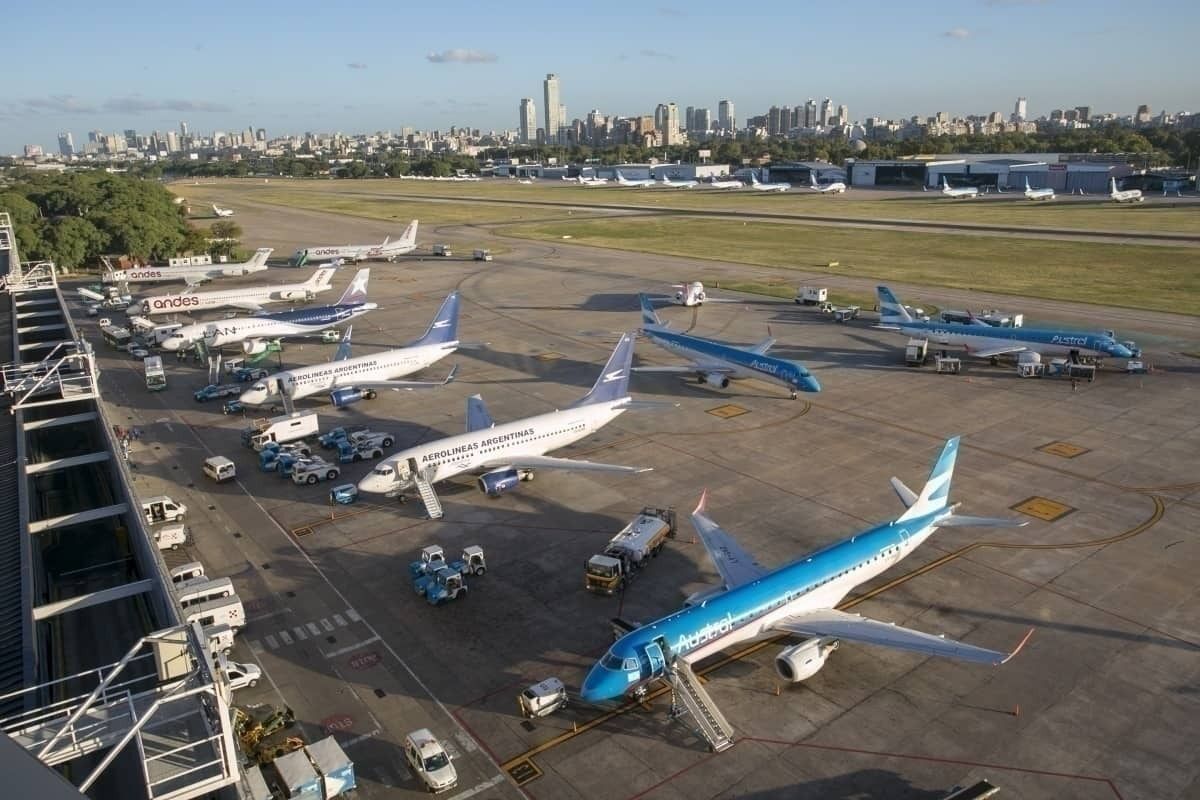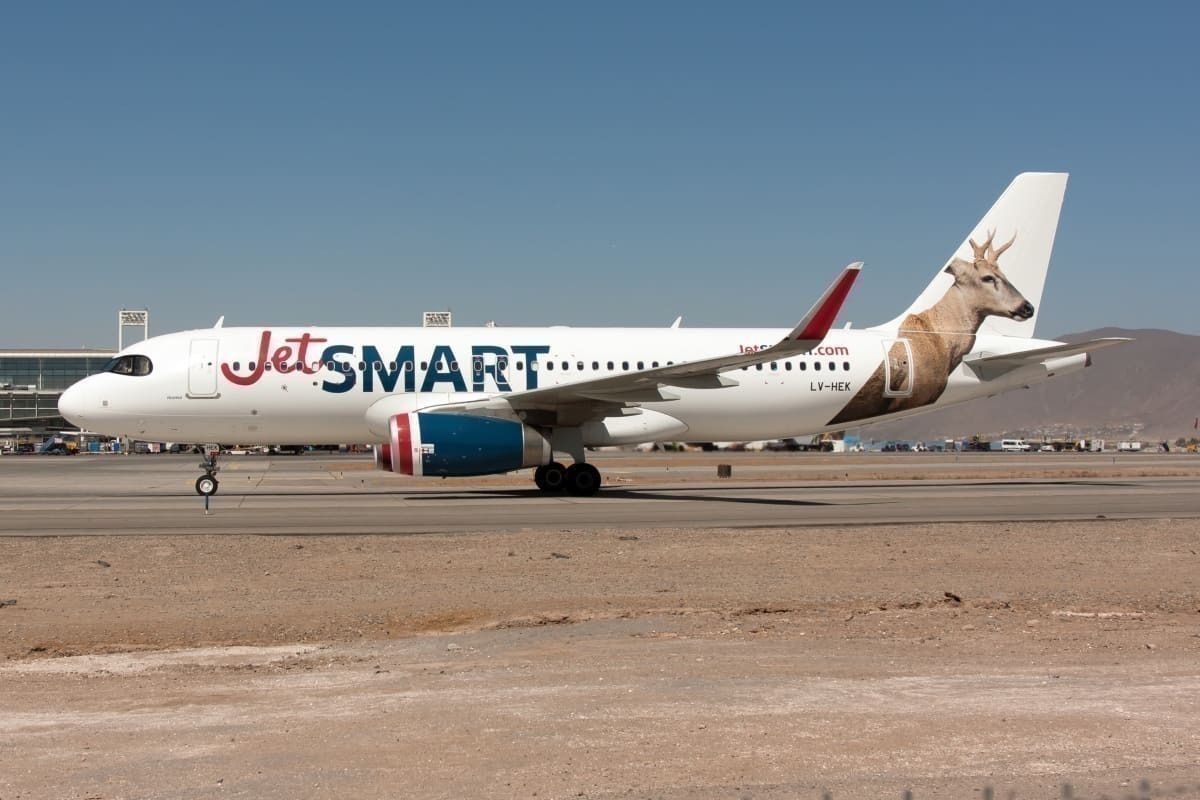The Argentinian Government has announced that the Jorge Newbery Airfield that serves Buenos Aires will stay closed until December. The airfield is the second most important hub in Argentina after Ezeiza International Airport. What does it mean for the Argentinian air industry? Let’s investigate further.
Why the Argentinian Government took that decision?
The government of Argentina will use the current coronavirus pandemic as an opportunity to renovate the airport infrastructure. According to local newspaper La Nación, the runways need maintenance. The last time it was done was back in 2010.
To do the renovation, the government will bid the construction in July. The actual works will begin on August 1st and will end on November 30th. In the meantime, every scheduled flight will land at Ezeiza International Airport.
According to local sources, the contractors will repave the highways and taxiways. They will also replace the airfield's warning lights.
Stay informed: Sign up for our daily aviation news digest.
Which airline might suffer more from this?
Jorge Newbery Airfield is the domestic hub for Buenos Aires. The government planned to open it up for international operations this year. Over the last few years, the Argentinian Government has not allowed international flights to this airfield. Well, except for a route to Montevideo, Uruguay.
In 2019, Aerolíneas Argentinas had the most significant market share at the airfield. It had 67.20% of the capacity operated there. LATAM Argentina held a 20.10% of the passenger traffic. During the brief amount of time it flew between 2018 and 2019, Norwegian Air Argentina got an 8.40% share, while Andes Líneas Aéreas had 3.00%.
Aerolíneas Argentinas is set to feel the most significant impact of the closure of Jorge Newbery Airfield. JetSmart could be the second airline most affected, as it bought the whole operation from Norwegian back in December. Last week, Gonzalo Pérez Corral, general manager of JetSmart Argentina, said,
“We are coping up with the crisis by taking care of our cash. At the moment, we have no operations and no sales, so our main objective is to maintain the cash and survive this crisis. We add the current pandemic to the already uncertain outlook we had previously and that we keep to this day. We don’t have a confirmation of the slots at Aeroparque that used to belong to Norwegian.”
Additionally, he said that another big issue for JetSmart is the uncertainty at the third Buenos Aires airport, El Palomar International Airport.
El Palomar is the central hub for JetSmart, and in 2019, it had over 500,000 passengers coming through it. Nevertheless, the Argentinian Government restrained the operations at the airport between 22:00 and 7:00 every day.
Argentina is still closed
Argentina has banned all commercial flights until 1 September. While there is a possibility that the domestic flights return in July, the airlines are not keeping their hopes high.
We’ve already seen that LATAM Airlines Group ceased its operations in this country. Previously, Air New Zealand stopped its flights from Auckland to Buenos Aires. JetSmart and Flybondi have said over and over that the situation is complicated.
To put it in numbers, between April and May, three people have arrived at Jorge Newbery Airfield. A more significant number of people, 26, have flown out of this airfield in the last two months. Ezeiza International Airport has seen a more substantial amount of passengers, due to the repatriation flight operations carried mainly by Aerolíneas Argentinas. On 12 June, the state carrier said that it had transported over 47,000 passengers on more than 200 special flights.
Still, the state of affairs for the air industry is very dark in Argentina. What do you think? Let us know in the comments.



